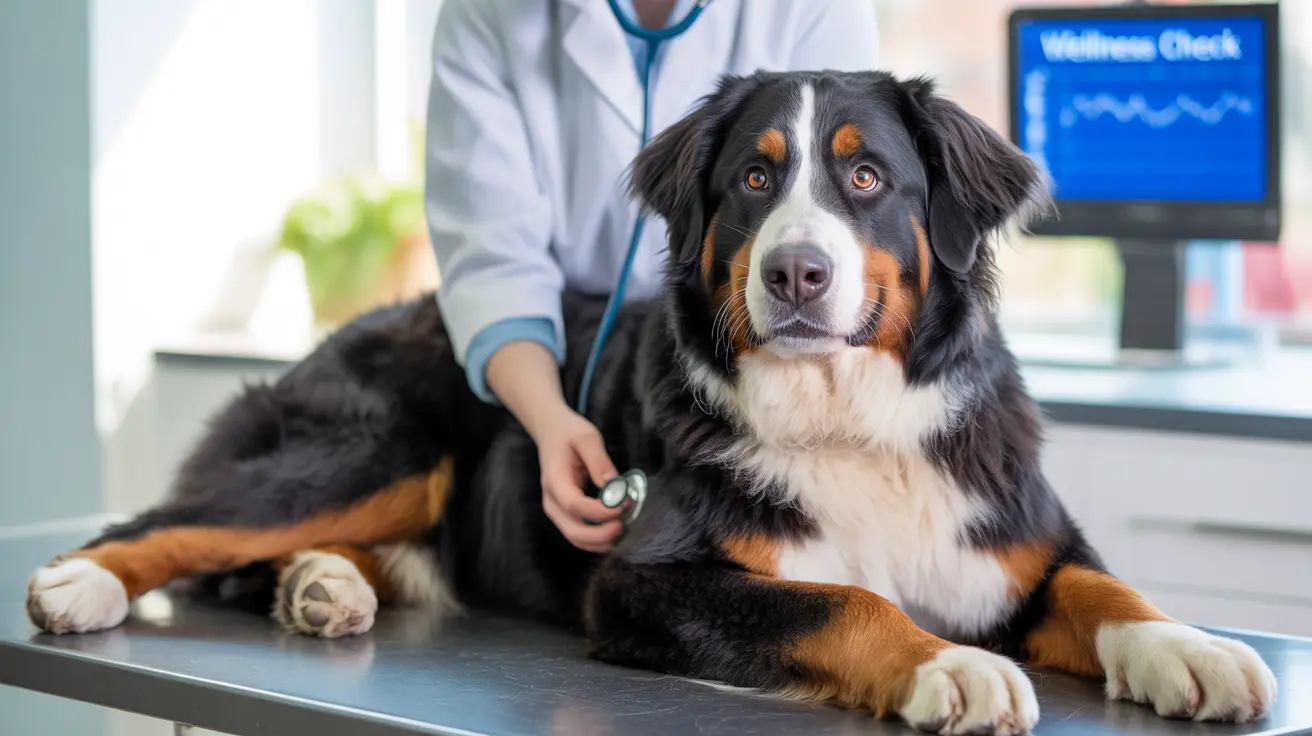Septic arthritis in dogs is a serious and potentially debilitating joint infection that requires immediate veterinary attention. This painful condition occurs when bacteria or other infectious agents invade one or more joints, leading to rapid inflammation and potential long-term damage if left untreated.
As a pet owner, understanding the signs, causes, and treatment options for septic arthritis is crucial for ensuring your dog receives timely care. This comprehensive guide will explore everything you need to know about this challenging condition and how to best support your furry friend through diagnosis and recovery.
Common Causes of Septic Arthritis
Septic arthritis typically develops through several primary pathways. The most common cause is bacterial infection, which can enter the joint through:
- Direct trauma or penetrating wounds
- Post-surgical complications
- Blood-borne infections spreading to the joints
- Extension from nearby infected tissues
Staphylococcus and Streptococcus bacteria are frequently identified culprits, though other infectious agents, including fungi and tick-borne diseases, can also trigger joint infections.
Recognizing the Signs and Symptoms
Early detection of septic arthritis is crucial for successful treatment. Watch for these key indicators:
- Sudden lameness or difficulty walking
- Swollen, warm joints
- Reluctance to move or bear weight
- Fever and lethargy
- Decreased appetite
- Visible pain when the affected joint is touched
Diagnosis and Veterinary Assessment
When septic arthritis is suspected, veterinarians employ several diagnostic tools:
- Physical examination and gait assessment
- Joint fluid analysis
- Blood tests
- X-rays or advanced imaging
- Bacterial culture and sensitivity testing
Treatment Approaches and Management
Treatment for septic arthritis typically involves a multi-faceted approach:
- Aggressive antibiotic therapy
- Joint drainage and lavage
- Anti-inflammatory medications
- Rest and restricted activity
- Physical therapy during recovery
- Regular monitoring and follow-up care
The duration of treatment can vary from several weeks to months, depending on the severity and response to therapy.
Prevention and Risk Management
While not all cases of septic arthritis are preventable, certain measures can reduce risk:
- Prompt treatment of wounds and infections
- Proper post-surgical care
- Regular veterinary check-ups
- Maintaining good overall health
- Quick response to signs of joint problems
Frequently Asked Questions
What are the first signs of septic arthritis in dogs and how is it diagnosed?
The first signs typically include lameness, joint swelling, and pain. Diagnosis involves physical examination, joint fluid analysis, blood tests, and imaging studies. Your veterinarian will likely perform a joint fluid aspiration to confirm the presence of infection.
How is septic arthritis in dogs treated and how long does recovery take?
Treatment usually combines antibiotics, joint drainage, and anti-inflammatory medications. Recovery can take 4-8 weeks or longer, depending on severity. Physical therapy and restricted activity are often part of the recovery process.
Can septic arthritis in dogs cause permanent joint damage if not treated quickly?
Yes, without prompt treatment, septic arthritis can cause irreversible joint damage, chronic arthritis, and permanent mobility issues. Early intervention is crucial for the best possible outcome.
Are certain dog breeds or ages more at risk for developing septic arthritis?
Large and giant breed dogs are generally at higher risk, particularly males. Dogs of any age can be affected, but it's most common in dogs between 3 months and 11 years old.
What can I do to prevent septic arthritis in my dog after surgery or injury?
Follow all post-surgical care instructions carefully, keep wounds clean, complete all prescribed medications, and monitor for signs of infection. Contact your veterinarian immediately if you notice swelling, warmth, or lameness.
Conclusion
While septic arthritis in dogs is a serious condition, understanding its signs and seeking prompt veterinary care can lead to successful treatment outcomes. Regular monitoring, proper preventive care, and quick response to potential symptoms are key to protecting your dog's joint health and overall well-being.






